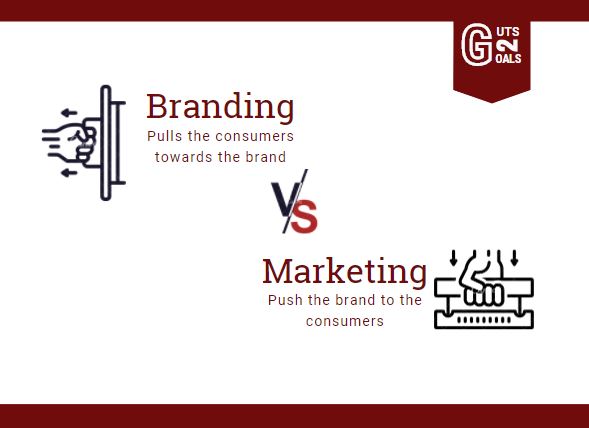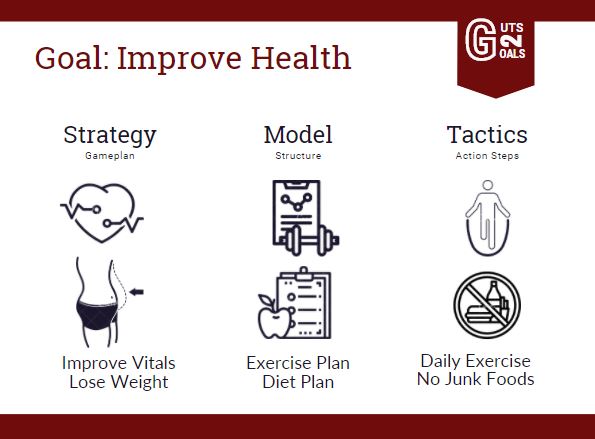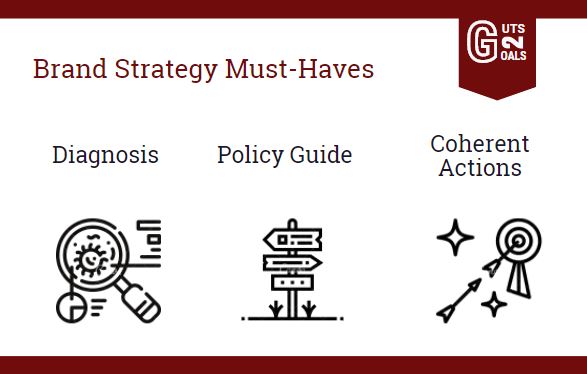Why do you need branding? Is it not the same as marketing? What is the difference between branding and marketing anyway? If you have no background in marketing, then you might experience confusion when finding the right strategy for your website or online campaign. Sometimes, even those who are experienced in marketing may not be able to differentiate between branding vs marketing strategies.
We will explore the topic deeper to help you understand why branding is important for you and your business.
Branding vs Marketing
The confusion arises because both use the same terms and tools -social media, SEO, colors, typography, etc. However, branding and marketing are different in many ways. Primarily, they serve different roles. Branding is about creating and maintaining a brand. Whereas, marketing is about promoting the brand. Secondly, they have different activities. Branding pulls customers toward your brand, while marketing pushes the brand to your customer. Another difference is their goals. Branding intends to increase customer recognition and loyalty. In contrast, marketing increases sales. Lastly, branding is a continuously evolving process, while marketing can be a limited one-time event.

Strategies vs Models vs Tactics
Now, let us take a look at the differences between strategies, models, and tactics. Basically, a strategy is like a long-term game plan. It is a systematic approach to achieve your brand’s goals. Within this all-encompassing strategy lies your tactics, milestones, products, services, etc. Thus, a strategy needs a model or a structure for its short-term goals. Tactics are the smaller and simpler action steps that fulfil the model. The tactics are dependent on the model.

To illustrate, consider a simple health goal. Your long-term strategy is to lose weight and improve your vitals or blood chemistry. Your model will include a proper diet and an exercise regimen. Finally, your tactics are the specific actions you take to accomplish your model: exercising and stop eating junk foods.
Branding vs Marketing Strategies
Strategies in Branding
As mentioned above, a strategy is the long-term game plan. All businesses and professionals need to have a strategy to succeed, otherwise, their actions will be all-over-the-map. In effect, they will never achieve their goals. Brand strategy is the alignment of your brand to your business or professional goals.
First, let us take a look at the definition of a brand as the impression that you or your business produces in your audience’s mind. From here, we are reminded that branding is not something that we can fully control. Rather, a big part of branding depends on the audience or the consumers’ perception of the brand through its identity. Thus, branding begins with the creation of a brand identity. After the brand’s core is generated, we can proceed with strategizing our next actions.
Steps in a Successful Brand Strategy
Richard Rumelt, in his book Good Strategy Bad Strategy: The Difference and Why It Matters, explains that a good strategy undergoes 3 steps: diagnosis, a guiding policy, and a set of coherent actions. Applying his ideas to the brand, we can deduce the following components of a brand strategy. Initially, a brand needs to identify the problems, needs and challenges that it may encounter to reach its goal. Next, a brand needs to have a set direction through brand positioning and brand mapping. Finally, a brand needs to establish coordinated actions toward consistent implementation.

Phases of Strategic Branding
Intuitive
Brand strategies evolve over time. In the beginning, an intuitive branding strategy may be in place to start the branding process. We recognize that not everyone has a definite goal at the beginning, but this does not mean that you cannot start. Although this type of brand strategy lacks a specific direction, it is very creative and less restrictive. Remember that branding is not a process that is set in stone, but a process of discovery.
Fixed/Static
The intuitive strategy ends when you are ready to pursue specific goals. The fixed branding strategy has a rational approach and a more systematic process. Usually, it is your first solid strategy. The focus is more on gaining a competitive advantage. To clarify, this is when you build consistent content for your brand because you have a clear brand message.
Dynamic
After a while, you will gain enough data to learn from your audience or consumers. As your brand grows and evolve, so is the strategy that you use in branding. Through a feedback loop, you can listen to your audience and make the changes to improve your brand. The realignment of your branding strategy with your goals may also produce changes in your overall business plan and may have an impact on your goals
Types of Branding Strategies
Classic Branding
In classic branding, the strategy focuses on building the brand image using by-the-book tactics. As we mentioned above, tactics are short-term efforts. It is common in the classic branding strategy to have a reactive approach and changes its branding model depending on the market response. Often, classic branding is useful for single products and niche markets. For this reason, the strategy is driven by sales and market share.
Brand Leadership
Brand Leadership tries to build brand equity from the onset. Thus, it requires a more long-term strategy. As a result, the business models use in brand leadership are designed to build on top of the other. Generally, brand leadership is applicable when the brand offers multiple products and services.
Strategies in Marketing
To reiterate, marketing pushes your brand to the customers/audience. That is to say, marketing strategies are the approaches to help you gain a competitive advantage and increase sales. Given that Guts2Goals aims to optimize your digital presence, we will be focusing on online marketing strategies.
Marketing Strategies used by different Business Models
In general, there are more than 50 Marketing Strategies all over the web. It may be confusing to investigate each one. To simplify, we will look into the broadest marketing strategies or classifications and highlight those that are pertinent to your digital success.
Everyone is aware that before you start a business, you need to identify your target audience/customer. In general, there are 4 business models according to the type of customer that your business serves. They are B2C, B2B, C2C, and C2B business models. Some also include selling to the government as another business model.
B2B Marketing Strategy
Known as Business-to-Business marketing, emphasize a logical-driven approach to marketing. From the start, the brand aims to build a long-term relationship with its customer. Since the customers are also business owners, B2Bs establish their niche market early on. Moreover, B2B marketing appeals to reason and provides expertise. The strategy is to show the immediate value of the brand and leverage brand equity. For this reason, the marketing strategy needs to incorporate consistency in the delivery of high-quality products or services.
B2C Marketing Strategy
Known as Business-to-Customer marketing, this strategy focuses on promoting their brand to individuals. In brief, customer experience is crucial to establish and maintain brand authority in a B2C strategy. Marketing efforts in a B2C model start by expanding brand awareness. As a matter of fact, B2C strategy centers on creating an emotional connection between customers and the brand. By creating engaging and visual content, a B2C strategy can entice customers by the brand’s presence on social media.
C2C Marketing Strategy
The Customer to Customer marketing strategy happens when customers market or trades products and services to other customers. Thus, the marketing strategy starts with brand messaging and communication. There is also an emphasis on product/service delivery and the attitude of the seller/provider. This strategy starts with the emergence of retail e-commerce, the rise of influencers, and the effect of social media groups and pages. Customers can now communicate with each other freely and share their opinion and experiences online. Therefore, the marketing strategy is based on word-of-mouth, ratings, and product reviews.
C2B Marketing Strategy
Unlike the traditional models, the provider in a Customer-to-Business model is the customer. The strategy is to attract customers to give their products or service that businesses can consume. Brands that utilize C2B Marketing act as a middleman. They provide a platform where customers can display their offers, then earn a commission. Thus, brand engagement is key in C2B Marketing Strategy.
Types of Marketing Strategies for Entrepreneurs
Again, a marketing strategy is employed to help the brand reach its target audience/customers. When we talk about strategies, we are referring to a long-term plan. Thus, in the previous section, we discuss the strategies employed by brands depending on their business model. Now, let us show you the different marketing strategies that you can use as an entrepreneur or a professional
Paid Advertising
Paid Ads are a targeted marketing strategy based on customers’ interests. It utilizes Social (IE: Facebook Ads) or Search (IE: Google ads) advertising mediums to reach the customers. This is useful for start-ups who want to boost their traffic early on.
(Image different Paid Advertising platform > https://www.cloudways.com/blog/paid-marketing-guide-for-startups
Organic Marketing
Standing in direct contrast to paid ads is organic marketing. This is a strategy that aims to attract and retain customers naturally -without the cost. Therefore, it attracts customers much slower than the paid ads. Instead, it intends to reach out to customers using value-based content. Moreover, it educates the customers and establishes the brand as an authority in the market.
Relationship Marketing
This is a marketing strategy that intends to develop customer loyalty through engagements. Since the brand wants high customer retention, there is a lot of focus on providing personal value. Building a relationship with your customer can be done by implementing rewards programs.
(images of different rewards programs:
https://www.shopify.com.ph/blog/loyalty-program
https://neilpatel.com/blog/relationship-marketing-use-connect-customers/)
Transactional Marketing
Transactional Marketing is often confused with relationship marketing because it also implements a reward system. However, this strategy focuses on a short-term increase in sales rather than building a long-term relationship with its customers. In short, this marketing strategy is more product/service-focused. The idea is high-quality products will attract customers.
Stealth Marketing
As the name implies this is a marketing strategy that is not obvious to the customers -supposedly. It is also known as undercover or guerilla marketing. Others refer to it as buzz marketing because it tries to generate a buzz or ingrain the idea that something is popular even when it is not. The strategy is to influence the customer’s buying behavior without them knowing it. It can be done through product placement or when the brand appears in a movie or a drama. Sometimes, influencers are also paid to display some brands in their posts. Some marketers believe that stealth marketing is inauthentic while others view the practice as unethical.
(Infographic show types of buzz and actual ads> https://www.disruptiveadvertising.com/marketing/buzz-marketing-strategies/)
Word-of-Mouth Marketing
Related to stealth marketing or buzz marketing is the word-of-mouth strategy (WOM). Basically, it uses conversations as a tool for promotion and recommendations as a means to establish authority. It is considered the best marketing medium. Nowadays, marketers launch campaigns to encourage word-of-mouth and create communities that surround the brand. The strategy is to inform and encourage customers to share their opinion or send a referral. In sum, we believe that a marketing campaign that focuses on generating a buzz is more like a stealth marketing strategy than WOM.
Examples: (https://www.oberlo.com/blog/word-of-mouth-marketing)
Conclusion: Branding vs Marketing
As your brand gets stronger, you need to align your strategy with your brand and business goals. Choosing the right strategy is one of the keys to your digital success.
Now that you are equipped with the main difference between branding vs marketing, you will understand why both are necessary for your brand’s growth. However, if you are still having problems differentiating the two, just remember “branding pulls, marketing push“.
We hope that you can decide on your long-term strategies after reading this blog post. In our next post, we will discuss Branding Models and Tactics. This will give us a closer look at short-term approaches.
If you still have some questions about the differences between Branding vs Marketing Strategies, let us know in the comments below or drop us a message through the contact form.
Takeaway
Do you have other thoughts about marketing vs branding? Perhaps you can share your experiences on the comments. Thanks.


